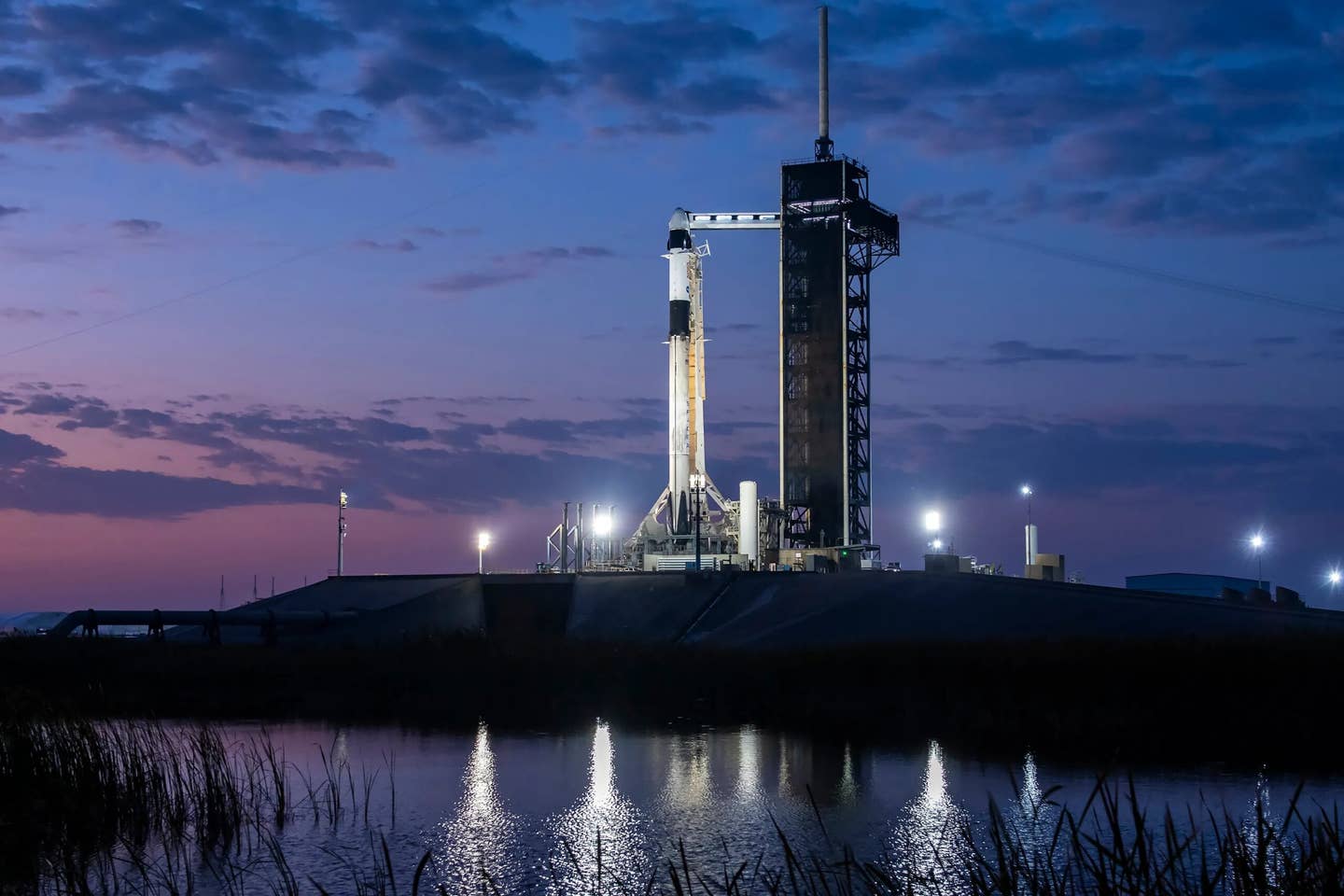
** San Carlos Airport in California.**
For the past two years the Environmental Protection Agency has been quietly monitoring the concentrations of lead in the air at 17 airports across the country. All showed measurable quantities of airborne lead, and two airports had lead concentrations that exceeded federal standards.
The EPA’s findings from airports where the testing was carried out indicate that airports in California — McClellan-Palomar Airport in San Diego County and San Carlos Airport in San Mateo County — exceeded lead air quality standards. A third airport in California, Palo Alto Airport, was only slightly below the legal threshold for airborne lead emissions. The EPA’s threshold for safe concentrations of lead in the air is 0.15 microns per cubic meter. The three-month average lead level at San Carlos Airport was more than double that number.
The public disclosure of the test findings has prompted the FAA to take action by releasing guidelines on how airports can mitigate the impact of operations involving piston aircraft, the majority of which burn avgas containing small amounts of lead. The FAA yesterday issued guidance that calls on airport operators to supply lower lead and unleaded fuels for aircraft where appropriate; move aircraft runup areas farther from public places and shorten taxi routes; and install vapor recovery systems on fuel pumps.
The 17 airports where the EPA conducted lead testing beginning in 2010 included: Auburn Municipal Airport in Washington; Brookhaven Airport in New York; Centennial Airport in Colorado; Deer Valley Airport in Arizona; Gillespie Field in California; Harvey Field in Washington; McClellan-Palomar Airport in California; Merrill Field in Arkansas; Nantucket Memorial Airport in Massachusetts; Oakland County International Airport in Michigan; Palo Alto Airport in California; Pryor Field Regional Airport in Alabama; Reid-Hillview Airport in California; Republic Airport in New York; San Carlos Airport in California; Stinson Municipal Airport in Texas; and Van Nuys Airport in California.
Responding to the EPA’s concerns, the FAA last week asked the world’s fuel producers to submit proposals for fuels that would help general aviation make a transition to unleaded fuel. The agency said it will assess the viability of candidate fuels in terms of their impact on the existing fleet, their production and distribution infrastructure, their impact on the environment and toxicology, and economic considerations.
The FAA is asking fuel producers to submit candidate replacement unleaded fuel formulations by July 2014 for evaluation at its William J. Hughes Technical Center in Atlantic City, New Jersey. The FAA will select one or two fuels for engine and aircraft testing. Over the next five years, the FAA will ask fuel producers to submit 100 gallons of fuel for phase one testing and 10,000 gallons of fuel for phase two testing. The hope is a replacement fuel can be identified in 2018.

Sign-up for newsletters & special offers!
Get the latest FLYING stories & special offers delivered directly to your inbox






